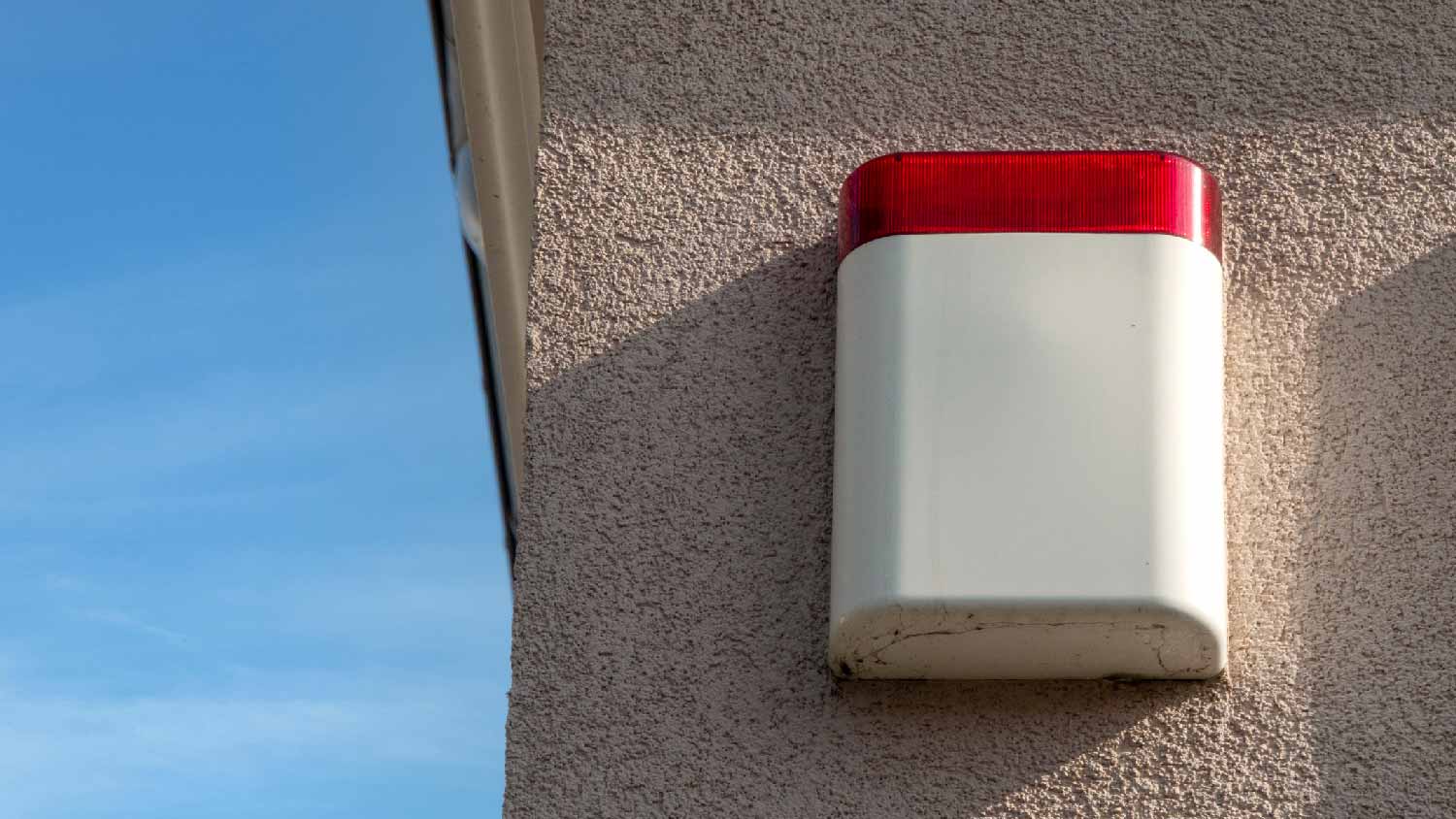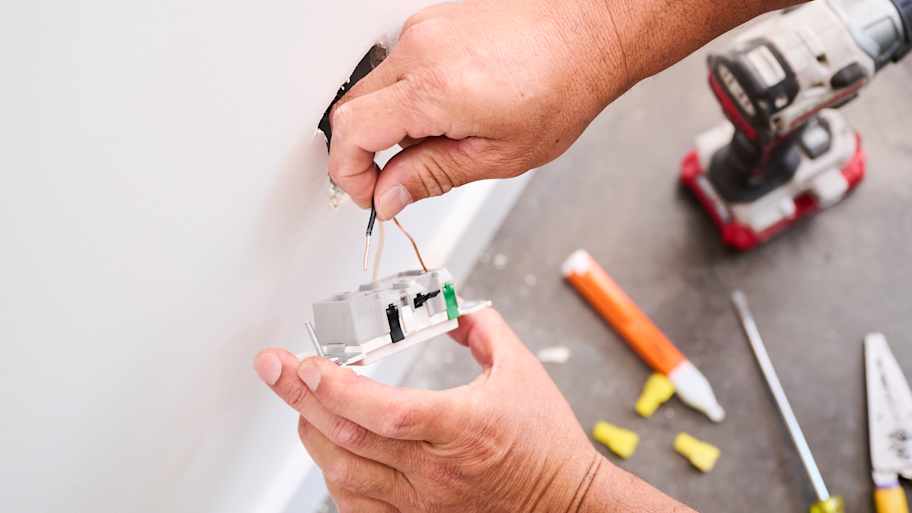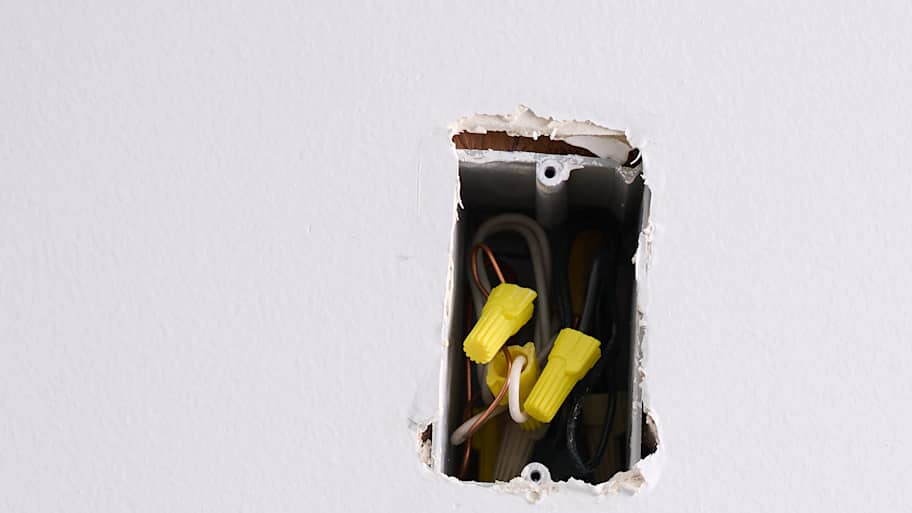What Is a USB Outlet?
A USB outlet is a convenient way to charge your devices with just the cord


Most modern phone charger cords end with a USB plug, meaning you’ll need a USB outlet to charge your essential devices. Switching out your standard wall outlet for a USB outlet can allow you to conveniently charge all your devices without having to dig for an adapter. Let’s review the ins and outs of this type of outlet to determine whether it’s right for your home.
What is a USB Outlet?
A USB Outlet is exactly what it sounds like, a wall socket that has a USB Port built in. Usually the outlet comes with two usual electrical outlets and two USB ports.
Since installing the outlet means dealing with electrical wiring, you want to hire a licensed electrician to handle the work.
Types of USB Outlets
USB cables come in many different sizes and shapes; the same is true for USB outlets. Here are the major designs you will likely encounter as you shop for new outlets. Keep in mind that there are many other types of USB cables, like USB-B and USB-B Micro, but these designs aren’t integrated within power outlets.
USB-A: This is the original USB connector and is still commonly found integrated within power outlets. These ports are flat and rectangular. USB-A cables connect to various devices, such as laptops, desktops, televisions, gaming consoles, and much more.
USB-C: Since arriving on the scene several years back, USB-C connections have blown up, thanks to ultra-fast charging speeds compared to USB-A. You can find these ports in smartphones, smartwatches, headphones, and other new gadgets. One nifty thing about USB-C is that the cables are reversible, so there is no wrong way to make a connection.
Lightning: This is Apple’s proprietary take on the whole endeavor, so you find these ports within iPhones, iPads, and other Apple devices. Certain outlets are equipped with Lightning ports to accommodate Apple products.
Uses for a USB Outlet
Installing a USB outlet lets you charge a device, like a tablet or a smartphone, using the USB charging cord it comes with, without a power adapter or computer. These types of outlets are convenient to have in a place you frequently charge your devices like a bedroom or kitchen. Since not every electronic device is compatible with a USB outlet, it frees up your other outlets so you can plug in other things, like a lamp on your bedside table.
Plus, you can toss your USB charge adapters once you have USB-c outlets in your home. A bonus perk is that devices plugged into a USB outlet charge it up to 40 percent faster than using an adapter and a typical outlet.
Cost to Install a USB Outlet

Typically installing an outlet will cost you an average of $210, and range from $130 to $300. Because the outlet has the same amount of power as the typical outlet, installing a USB outlet will run you the same cost as a typical outlet.
If you are replacing more than one outlet at a time, the cost will be more. However, bundling electrical work can help you save on the labor cost of installing outlets and switches. Keep in mind that hiring an electrician costs about $50 to $100 per hour, depending on factors like job size, location, and number of tasks. Consult multiple electricians to get an accurate estimate of your electrical project cost.
In the majority of cases, you can replace an outlet with a USB outlet. USB charging receptacles install in the same spot as standard outlets and any electrician worth their salt is more than familiar with the replacement process. Additionally, it’s possible to replace yourself, but only if you have prior experience with your home’s electrical system, as it requires handling of wires.
If it’s called a USB outlet without any further designation, it likely refers to a USB-A port. These are the original USB connections and are commonly integrated within power outlets. In recent years, USB-A cables have slowly been usurped by faster and more reliable USB-C cables. USB-C connectors are small and ultra-thin with a reversible design, while USB-A connectors are slightly larger and bulkier.
Poorly designed and incorrectly installed outlets can create an electrical fire hazard, as do some phone chargers and adapters that plug into these outlets. However, most outlets are perfectly safe as long as they remain in working condition. Keep an eye on what you are plugging into the outlet and stay alert for signs of outlet malfunction, like sparks, burning smell, or frequent circuit tripping.





- Home Generator Repair
- Lamp Repair
- Electric Repair
- Generator Installation
- TV Antenna Services
- Emergency Electricians
- Commercial Electricians
- Attic Fan Installation
- Attic Fan Repair
- Exhaust Fan Installation
- Electric Inspectors
- Subcontractors
- Electrical Construction
- EV Charger Installer
- Chandelier Installation
- Doorbell Installation
- Bathroom Fan Installation
- Ring Installers
- Electrical Panel Upgrade










